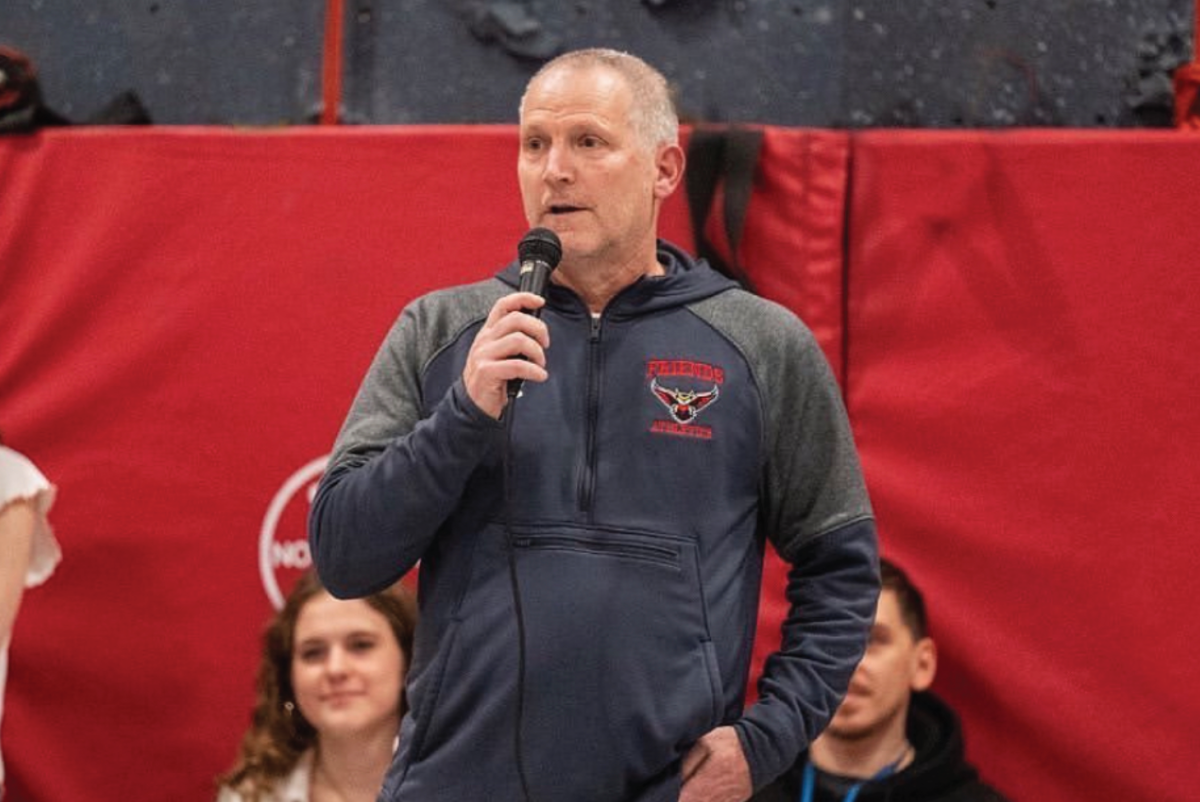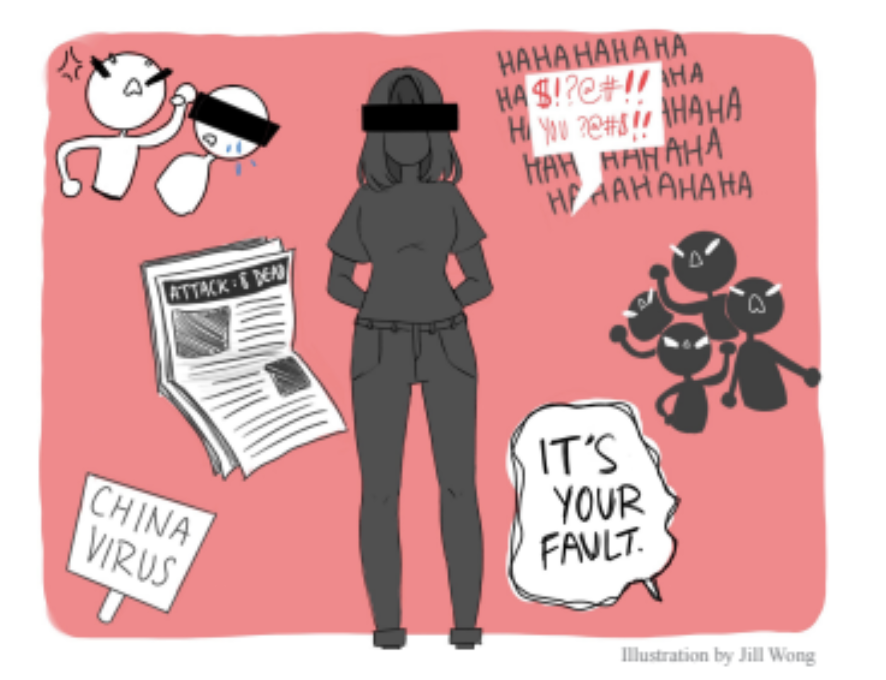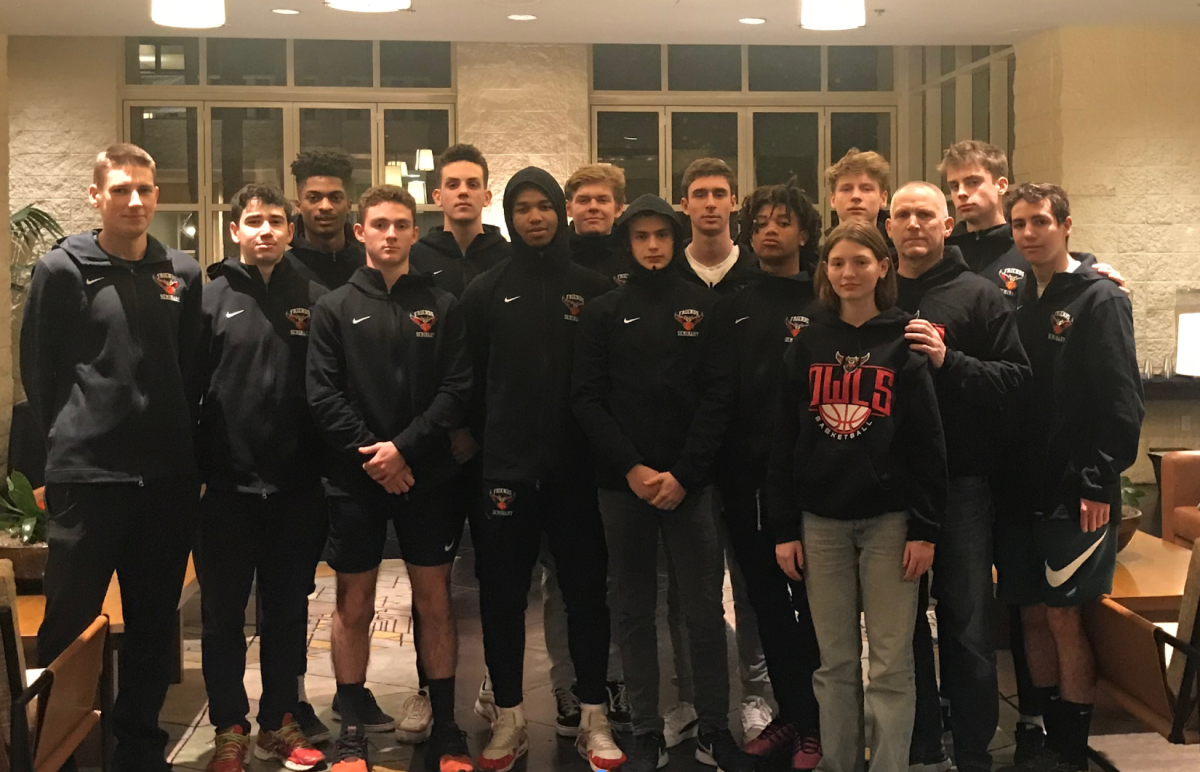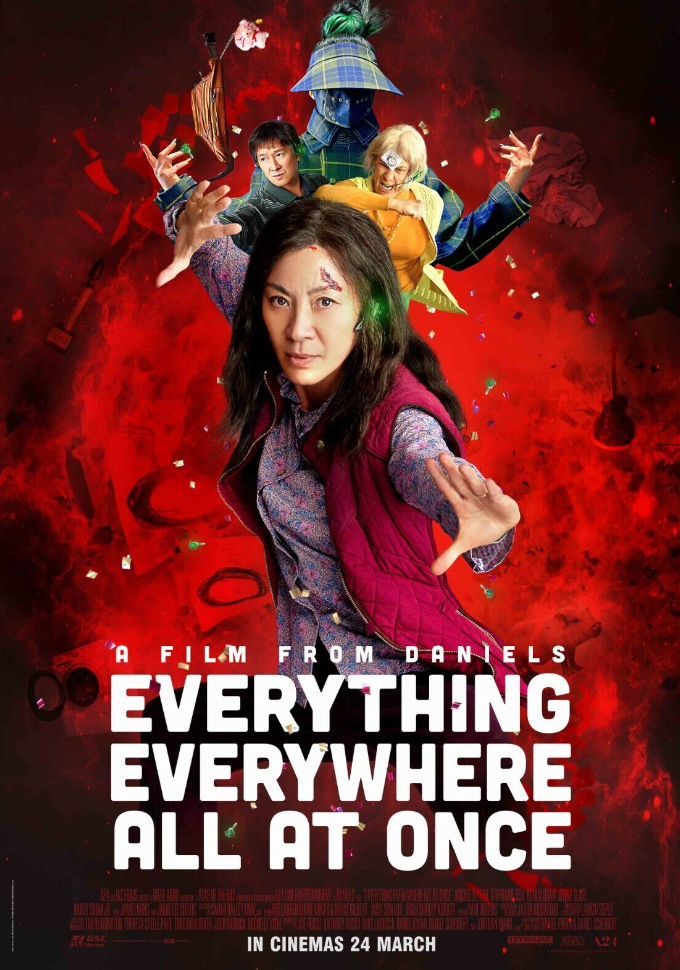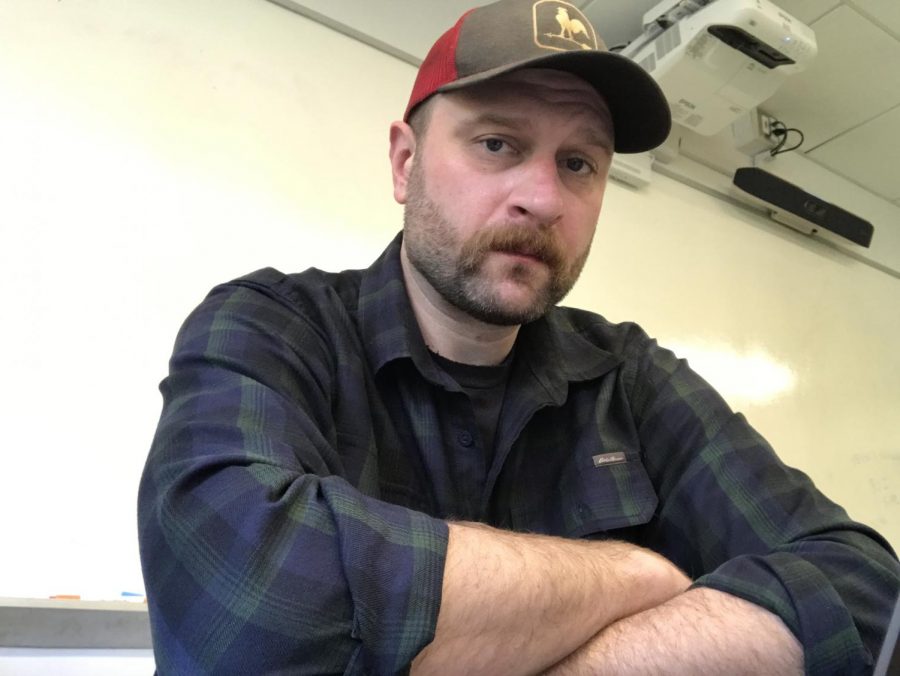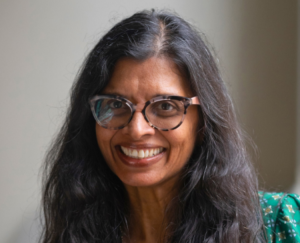History department chair helps students navigate the news world
Stefan Stawnchy’s guide to media proficiency
Stefan Stawnchy, Chair of the History Department, is an avid ‘news junkie’ outside of the classroom.
November 5, 2020
Super precedent. Originalism. Constitutionality. Current Events and the media ushers in unfamiliar vocabulary, arguments, and opinions that observers often navigate on their own. Self-professed “news junkie” and history department chair Stefan Stawnychy, however, is a willing guide for the politically curious – ready to help students navigate a polarized political landscape.
According to Stawnychy, productively following current events requires four steps: identifying legitimate sources, gathering consensus-based information, understanding past Supreme Court appointments and precedents, and preparing opinions supported by proven sources and background.
Finding credible sources requires more than just a search on the internet. “In this day and age that’s become an increasingly difficult pursuit,” Stawnychy said. He explained that advancing technology, including social media, promotes a surplus of false information. “There’s that important skill of being able to navigate what’s becoming an increasingly, and will continue to be an increasingly large, landscape of information,” he said.
“There’s that important skill of being able to navigate what’s becoming an increasingly, and will continue to be an increasingly large, landscape of information.”
— Stefan Stawnchy
In order to combat misinformation, Stawnychy suggested evaluating sources – from MSNBC’s Rachel Maddow to Fox’s Bret Baier, and to the realm of self-proclaimed citizen journalists, like Stefan’s fictional “Uncle Jimbo’s Back Alley Youtube Station of Politics.”
Within this “back alley” of sources, Stawnychy alluded to the larger issue of extreme views online, creating political echo chambers which encourage the spread of conspiracies. Being able to evaluate a source’s credibility is essential in creating an informed opinion. “Having a skill set to help you get through that and figure out ‘yeah I’ll listen to Baier and Maddow, but Uncle Jimbo, I’m gonna leave him to the side’” is critical, he said.
To be more selective about the media, Stawnychy suggested students evaluate sources from across the political spectrum
For a non-partisan review of current events, Stawnychy’s go-to outlets are NPR and PBS. For a liberal perspective, he collects information from MSNBC, The New York Times, and The Washington Post. for a more conservative point of view. He reads The Economist and watches Fox News for a more conservative perspective. Finally, Stawnychy reviews past Supreme Court cases as well as scholarly texts and articles from legal experts.
“To put it in a nutshell, it’s using modern-day sources to make sense of this modern moment, but it’s also acknowledging the history of the Supreme Court and of our judicial existence,” he said. “You have to weigh both of those equally if you’re going to come to any kind of rational, logic-based approach to what’s happening now.”
Once you’ve reviewed the sources and gathered facts, you are ready to form an opinion. An opinion, he said, is based on facts from a group consensus or proven evidence––not personal ideas. Generally, students are told they have the right to express their personal opinions. Counterintuitively, Stawnychy’s said: “you’re not entitled to an opinion,” differentiating between personal opinions, rooted in emotions and bias, as opposed to informed opinions derived from facts. Emotionally charged opinions are counterproductive in political discussion. It’s mandatory to have a rational thought process that’s rooted in examination, he said.
For Friends Seminary students who hope to expand their knowledge and open up a dialogue about how to consume media and form educated opinions, here is Stawnchy’s guide: Be selective about your media consumption, evaluate the facts, build logical thinking and share your responsibly formed opinion.


